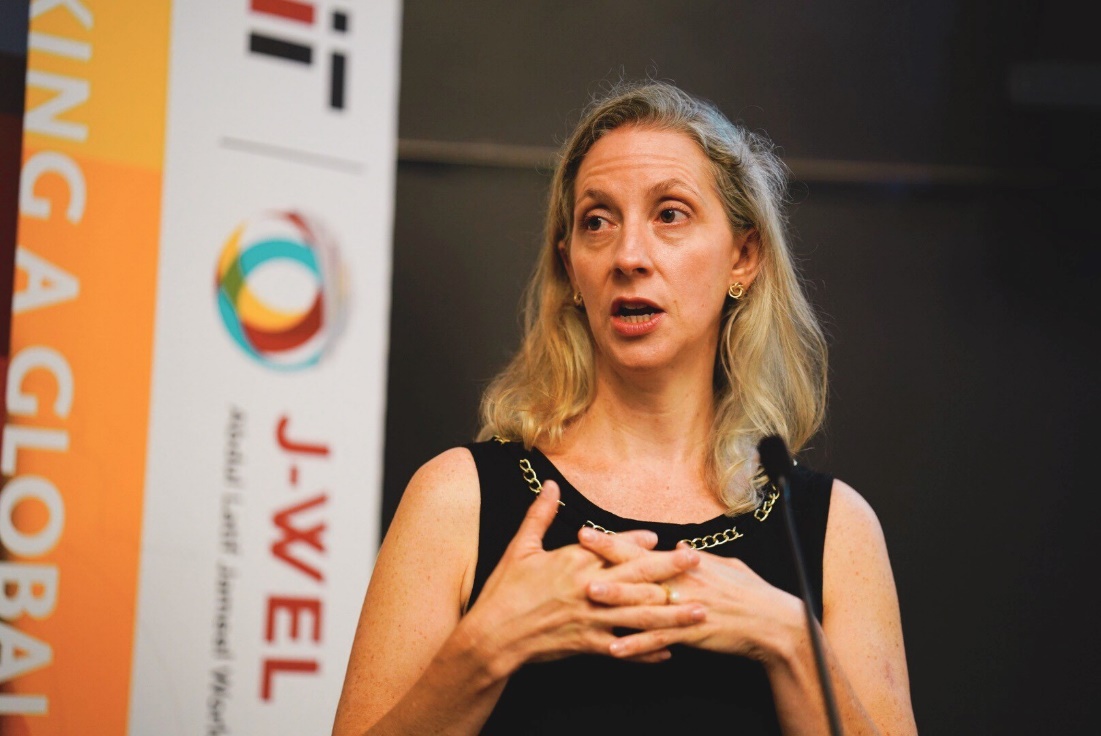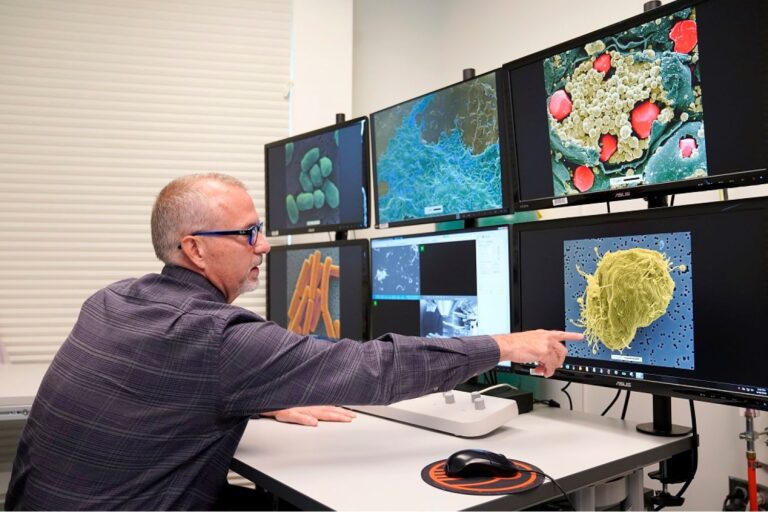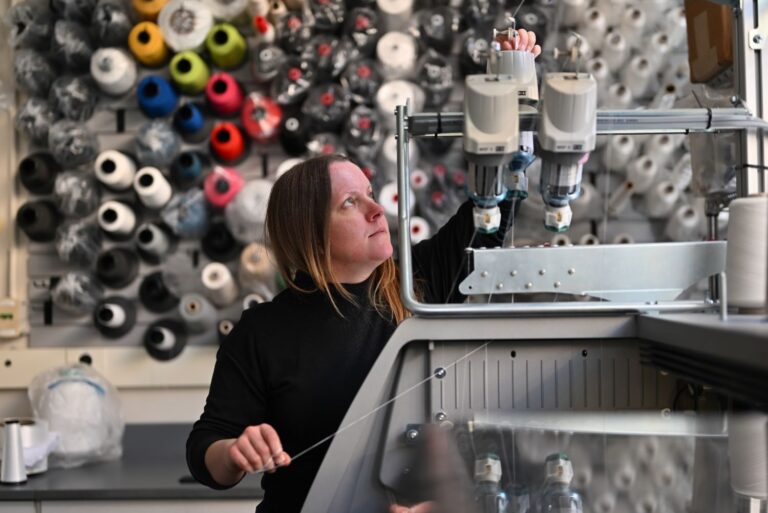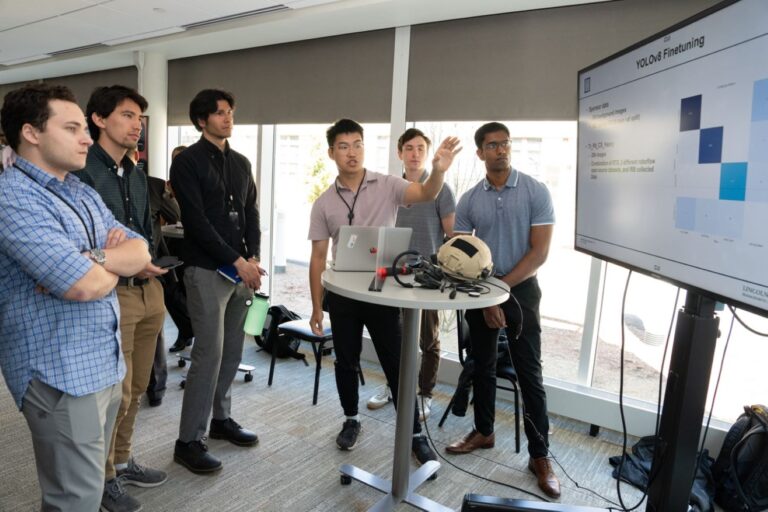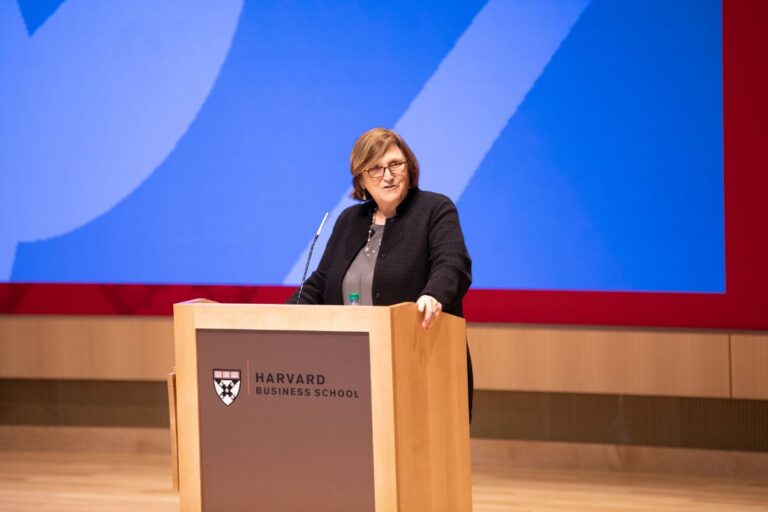MIT Open Learning: Technology-Focused Approaches to Reinvent Education Sphere
In recent years, the concept of education has changed dramatically. By combining use of computer hardware, software and educational theory, and practice to facilitate learning, universities can expand the amount and range of information available to their students. Understanding this trend, since its first establishment under the direction of MIT Vice President – Sanjay Sarma in 2016, MIT Open Learning has developed considerably. The scope also grew to encompass a variety of research and engagement arms.
The extension of Open Learning not only is a signal for a new model of connected education but also is a brilliant branding strategy for MIT. Let us take a closer look on the core value of this model.
The Educational Trends
To know exactly what MIT Open Learning did, let us analyze the education context firstly. Impacted by automation technology’s development, education industry in the 21st century – especially education for labor force participation has couples of trends to look out for.
“With the ever-increasing pace of change in digital technologies, the need for access to education and training for learners at all levels is more urgent than ever,” says Breazeal – director of MIT RAISE, a Media Lab-based research and engagement initiative.
Before the epidemic hit, our society was grappling with significant and widening economic disparities. Formerly middle-class employment has migrated downward, and variety of people now work in the lower-end, lower-paying service industry. These issues have just been worse by COVID-19. Unemployment is rising because of so many layoffs and furloughs.
Simultaneously, both new and experienced workers must upskill to keep up with the growth of modern technology in the workplace. Digital literacy requirements are quickly growing across all industries, with new business models requiring employees to be tech-savvy and well-versed in a variety of tasks.
Workers without college diploma or technical training are under high stress because of this. What is the result? The gap between highly compensated tech-savvy professionals and people without degrees or specialized training – who have worked in more manual ways – increases dramatically. That is why the need for learning material has risen recently.
“There is a disconnect between the education and training being delivered and the actual jobs that need to be done. New graduates are not bringing with them the skills needed for in-demand job roles. And even within corporations, learning teams struggle to more connect learning with work. Innovative approaches, technologies and tools open up new possibilities to solve these challenges.” – said Sanjay Sarma, Vice President for Open Learning at MIT and a co-author on The Workforce Education Project report.
“New approaches, technologies and tools open up new possibilities to solve these challenges.” – Sarme stated. And that is one of the missions of MIT Open Learning – extending MIT’s knowledge to the world.
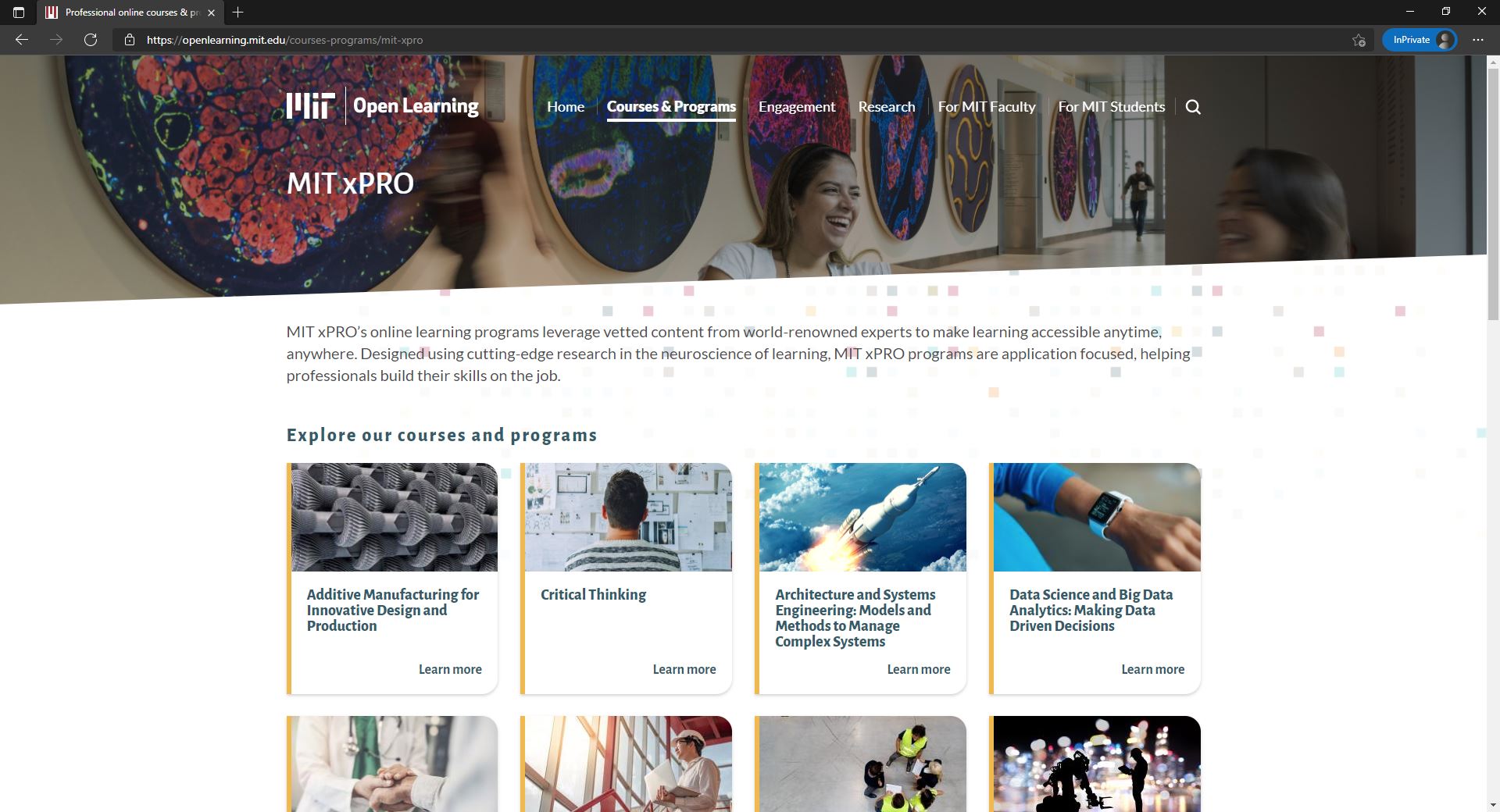
The current pandemic made the need for reforming workforce education even more urgent. A wide range of hard-hit sectors will decline, and workers will need to change to new, more promising job fields. A reliable education source helps them do this easier. According to The Workforce Education Project’s “roadmap for change” preliminary report from MIT Open Learning, for society long-term wellbeing and success, we should address three most urgent challenges: to improve the skills of unemployed, underemployed, and incumbent workers; to improve the organizations in workforce education and to help develop stronger technology and other skills and capability across the current workforce.
Discussing more details in the report, MIT pointed out that the ideal workforce education system needs to be far more adaptable than the current one. To meet the learner’s demands, blended learning – both in person and online – will be critical. As a result, more incorporated online approaches and strategies that show effective by the most recent learning science and neurological research is crucial. It will also have to be adapted to better fit groups with various backgrounds.
According to William Bonvillian: “Creating more powerful and flexible offerings for learners is required if we are to help higher education institutions and corporate organizational development teams scale and design learning for such varied ages, experience, backgrounds, and career goals.” That is also their foundation to set up MIT Open Learning.
Digital Transformation: The Power Value
In fact, hundred thousand of learners worldwide has used MIT Open Learning resources to rebuild their disrupted educational pathways or enhance their skills and knowledge. Regardless of ages and social classes, they used the lectures, videos, course, and other contents – which are free and online – to fulfill their curiosity and passions in learning.
“Free access to knowledge is a powerful foundation for progress,” – says MIT Open Course Ware Director Curt Newton.
Especially, during the epidemic, MIT focused on making remote learning even more effective and meaningful, securing the foundations for our education systems to weather any future crises, and providing opportunities to those who being behind by traditional education pathways. More than 3.8 million unique learners from over 200 countries earned more than 195,000 MITx course certificates courses on edX. To date, OCW has been a resource for over 210 million unique users, with over 70 percent of users in 2020 coming from outside the United States.
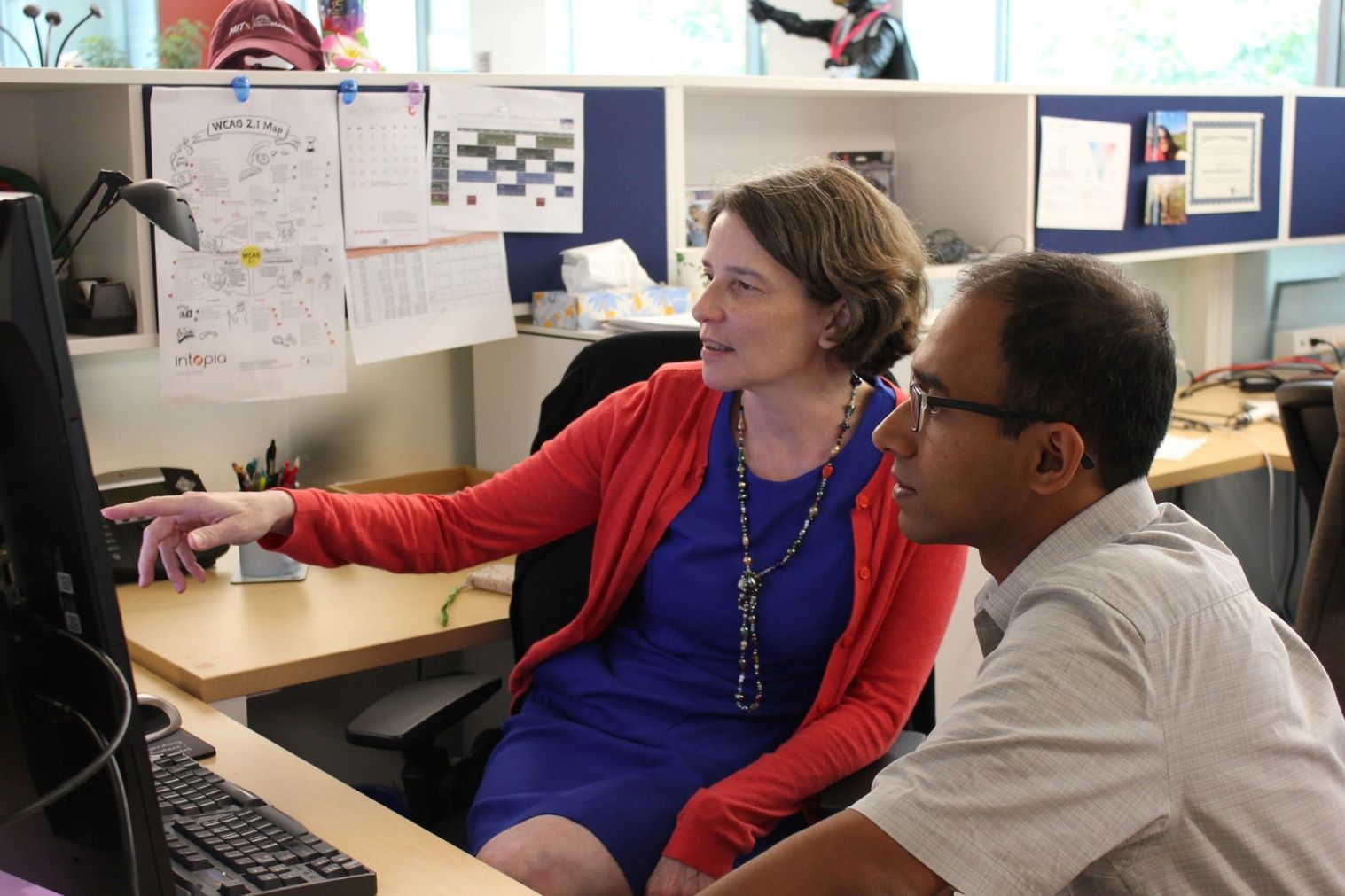
Getting those fabulous achievements, it is not the story of luck. What makes this innovative new learning platforms succeed is the elevated level of benefits it fosters with its learners in learning experience. Here are 5 priorities that MIT Open Learning rely on to promote learners.
#1. Bite-Sized Learning
Bite-sized learning – also known as Microlearning – breaks courses into small, manageable chunks. Bite-sized learning modules are short, usually between 1 and 15 minutes. As a worldwide platform, MIT Open Learning know that online learning is a series of sprints, not a marathon. Especially when faced with busy learners and the challenge of holding attention over extended periods of time, learner leaders have found shorter, modular chunks are more effective.
#2. Real Applicability of Knowledge
Organizational development has been trending this way for years. The need for practical skills has risen significantly. Now with virtual reality and simulations, learners can practice skills in a safe environment with less risk.
George Westerman, senior lecturer at the MIT Sloan School of Management and a principal research scientist at J-WEL Workforce Learning, says “We need a new model for employers to help create the workers they need, rather than trying to find them.” The flexible hybrid online approach of MIT Open’s Learning would allow a broader spectrum of students to access and meet the requirement for real applicability of knowledge.
#3. Customized Learning Paths
Personalized learning is neither a new concept, nor a complete departure from established education practice. At MIT Open Learning, learners are free to choose courses, goals, and pathways to achieve those goals – which fit their ability and demands.
Besides, to reach more learners, MIT included both traditional and non-traditional ones. Online learning, from MOOCs to YouTube, is one of the approaches to tackle the present issue of remote work at scale. Companies and institutions may, in fact, create more focused learning where the greatest demand for skill development exists, as well as offer flexible learning that fits into learners’ schedules.

#4. Open Education Resources Revolution
From its humble and experimental beginning, MIT Online Learning ushered in a new era in the burgeoning open-education movement. Beyond the courses, MIT has had a considerable influence on the growth of online learning materials in higher education, serving as a model for other schools and universities pursuing similar goals and assisting in the start of the open education resources (OER) movement. MIT Open Learning platforms such as Open Learning Library, Open Courseware or MITx on edX are considered as worldwide impactful online business programs.
“OER that lifts up everyone’s right to contribute to shared knowledge, and builds everyone’s capacity to extend that knowledge, is creating new paths for us to work together on the world’s most important, complex, and rapidly evolving challenges.” – says Newton.
#5. New Education Technologies (EdTech)
It cannot deny that from job navigators to crowdsourced learning and automatic assessment engines, technology can democratize and enhance the learning experience. By sharing documented and valuable lessons, MIT Open Learning enhances and improves the effectiveness of remote learning and online courses.
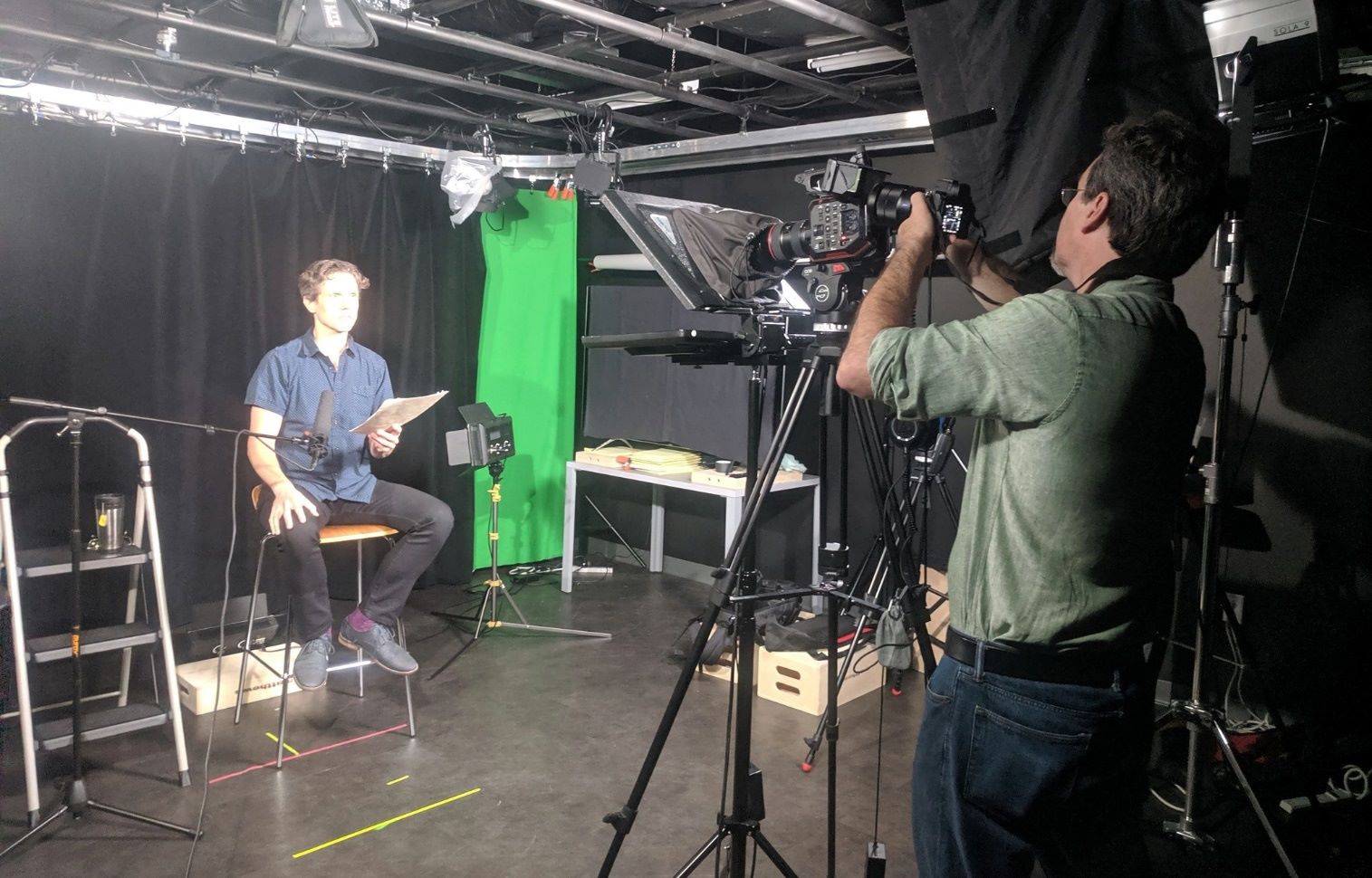
“Providing comprehensive digital access to content has been a foundational part of our vision for the future of research libraries,” says Chris Bourg, director of the MIT Libraries. “But I think our current crisis, where we have been forced to quickly adapt to a remote environment, has really thrown into relief how important it is. Research and learning depend on more open and equitable access to knowledge, and that will be true long after this crisis passes.”
The value of EdTech is not just based on its ability to reduce costs and engage students in update and inventive methods. It is also about how it can level the playing field and provide equal access to everybody, culminating in the democratization of education
Looking forward
“We want to make sure that knowledge isn’t this thing we keep, but that people can take and do something with it – for their lives, for their enjoyment, for the fulfillment of their ambitions and dreams.” — said Sanjay Sarma.
During the months of the Covid-19 epidemic, when schools and businesses stopped and billions of people throughout the world hunkered down at home, traffic to MIT Open Course Ware increased by 75%, reaching 2.2 million visits per month. Since then, the number of site visitors has increased by 15%. More significantly, the enormous transition to remote and hybrid learning over the last year has highlighted both the benefits of online education as well as the gaps in access, technology, and equality that exist for all learners.
What contributes to those impressed numbers? That the combination of an honored university with an earnest interest in disruptive idea experimentation, a rational technology approach and a learner’s experiences optimization strategy which nurtures quality of education makes MIT Open Learning a typical name in the EdTech area.
For Sanjay Sarma, one of Open Learning’s greatest strengths is an ability to foster collaborations with faculty across the Institute. “From courses to research to innovative latest programs, all of Open Learning has benefitted from guidance from some of the greatest minds at MIT,” he says.
MIT is known as a top research university, not just in science and engineering, but in many other fields like architecture, economics, political science, management, brain and cognitive science, and philosophy and linguistics. As a result, their learning resources are dependable and qualified enough to be share globally. Creating Open Learning is also their strategy to enhance branding.
More specific, MIT Open Learning not only helps innovation, study, and digital technologies scale on the MIT campus and worldwide but also increases its reputation. In the attempting to reach out students and at least maintain some operational viability, universities are trying everything to reach remote learners – MIT did it well. By courses, news and video in Open Learning, people around the world get to know more about culture and value of MIT.

In OCW, MITx, and Open Learning Library along a spectrum of learning scenarios, MIT content presented in different formats to meet different user needs. Besides educational value, each platform is also a branding channel for MIT.
To take a wider look, there is quote that “The most successful businesses in future will be those who can differentiate themselves from competitors by demonstrating social value in everything that they do.” By taking advantage of technology promptly in creating social value, business could gain more than what it gave. Especially during the strong development of technology, sharing valuable resources online has become a wise path.
The Bottom Line
To navigate through challenging time as well as increase the branding value, MIT has made beneficial use of its resources to meet current learners need. MIT Open Learning has opened its lessons about flexibility for education business running, especially during the great expansion of technology.

